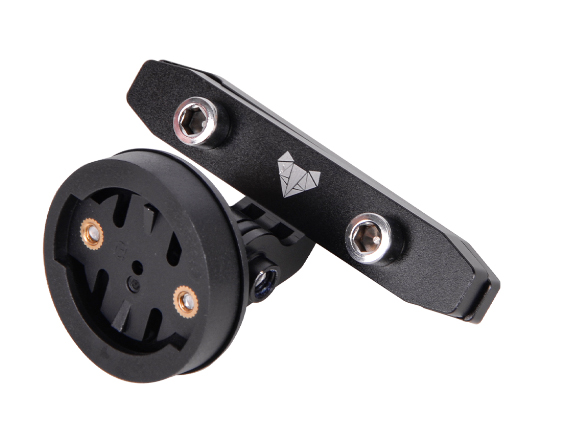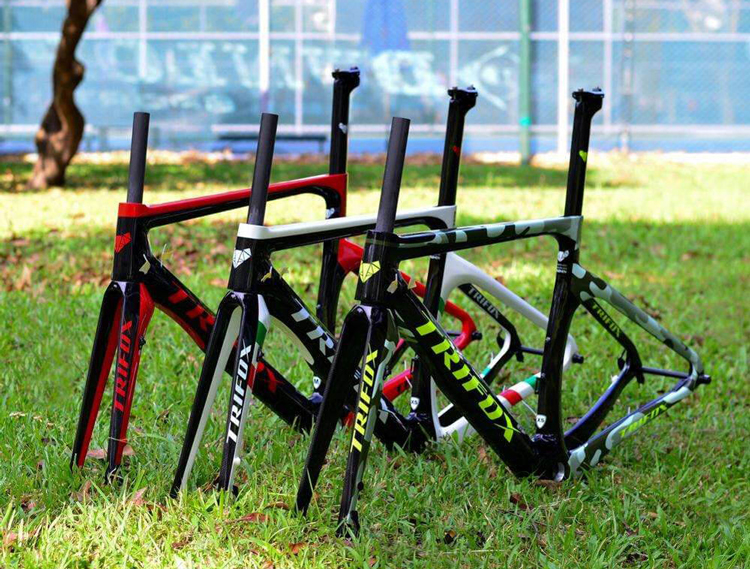Mountain biking is an exhilarating sport, offering riders a unique blend of adventure, fitness, and nature. However, the right equipment can make a world of difference in your riding experience. One such crucial component is the bike's crankset.

Understanding the Crankset
The crankset, often referred to as 'the cranks,' includes the bicycle's chainrings, crank arms, and bottom bracket. It's responsible for converting the force generated by your legs into motion that drives the bike forward.
Factors to Consider When Choosing a Crankset
1. Crank Arm Length
The crank arm length is the distance from the center of the bottom bracket to the center of the pedal spindle. Most mountain bikes come with a standard 170mm or 175mm crank arm. However, the ideal length depends on your leg length and the type of riding you do. Shorter cranks (165-170mm) are better for technical trail riding where ground clearance is essential, while longer cranks (175-180mm) can provide more leverage for climbing steep hills.
2. Chainring Size
The size of the chainring significantly impacts your bike's gearing. Larger chainrings offer higher gear ratios, suitable for fast riding on smooth surfaces. In contrast, smaller chainrings provide lower gear ratios, making it easier to pedal uphill or on rough terrain. Many modern MTBs feature a single (1x) chainring setup for simplicity and efficiency, but traditional double (2x) or triple (3x) setups are also available.
3. Material
Cranksets can be made from various materials, including aluminum, carbon fiber, and steel. Aluminum cranksets are common due to their balance between weight, strength, and cost. Carbon fiber cranksets are lighter and stiffer but usually more expensive. Steel cranksets are durable and affordable but heavier than the other options.
4. Compatibility
Ensure that the crankset is compatible with your bike's bottom bracket system and the number of gears on your bike. Also, consider the chainline (the distance from the centerline of the bike to the chainring) to ensure optimal drivetrain efficiency and minimal wear.
5. Brand and Price
Like any bike component, cranksets come in various brands and prices. More expensive models typically offer better performance and lower weight. However, mid-range options can often provide excellent performance at a fraction of the price.
Choosing the right crankset for your MTB can significantly impact your riding experience. It's worth spending time researching and understanding what works best for your bike, riding style, and personal preference.
Remember, the ultimate goal is to enhance your enjoyment and performance on the trails. So, choose wisely, and happy riding!




















































































